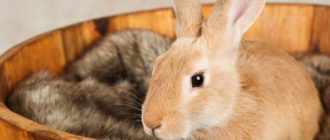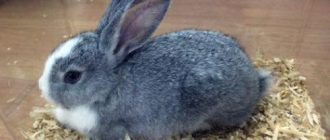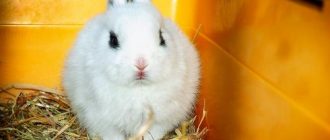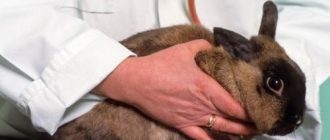The popularity of keeping rabbits as pets is growing at to the whole world. These cute fluffy creatures are getting great companions, and a choice of more than 50 breeds will satisfy wishes, if not all, then most potential owners.
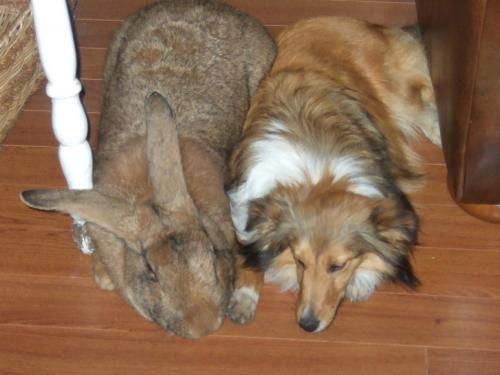
But what about a rabbit that grows into a small dogs and gaining weight over 15 kg? Such giant rabbits gaining special popularity both as pets and in ordinary animal husbandry.
Where did these rocks come from?
Contents
It is believed that both Continental and English are gigantic rabbits are descended from European meat and fur breeds such as big patagonian rabbits that are now extinct. Another breed, the Flemish giant, is the forerunner of many large breeds bred in Europe and England during the “rabbit boomers “at the end of the 19th century.
Good pets?
Due to the calm and simple nature of the giant rabbits become great pets, but they may not suitable for young and inexperienced owners. Their size requires special treatment, as irresponsible treatment of an animal can easily scare him or even make him aggressive, and given the size of a giant rabbit, this can be dangerous.
Due to their growth, these rabbits require a fairly large dwelling. It is recommended that giant rabbits be allocated a separate a room, or even a separate room where they can freely move. You can use large boxes for dogs, but, in in this case, rabbits should be allowed to freely to move around the house or in the garden. Experts recommend that rabbits weighing more than 6 kg must have at least five square meters of residential area.
If the cage is the home of rabbits, then its base should not be wire mesh as it can damage heavy legs of a rabbit. As a litter you can use hay or straw, as well as various sawdust that can absorb moisture and to improve the smell. Rabbit housing should be cleaned regularly, daily removing old food and droppings. General cleaning should be carried out once every one or two weeks.
What do they eat?
All rabbits are herbivorous and in the wild feed on weeds and various herbs, because of this they consume a large amount fiber that is difficult to digest. Therefore rabbits can eat the same food twice. That means they have two types litters, one of which they swallow repeatedly.
Giant breeds eat a lot of food, therefore, as and in the case of housing, you should seriously consider your diet pet when you are thinking of acquiring one of these beautiful creatures.
Giants can feed on commercial feeds, but feed them much more will be required than ordinary breeds. It is important to ensure their hay of good quality so that they can chew it regularly and keep your teeth in optimal condition. Like all rodents, rabbits’ teeth grow continuously and must wear out, otherwise they grow too long.
Chopped green vegetables like cabbage, carrots and some fruits can also be added to them in the diet. This will provide rabbits a variety of vitamins and minerals, but they should be given in small amounts, not more than 5-10% of the total food. Clean and fresh drinking water should be available and change daily basis.
How big are these rabbits?
10-15 kilograms may not seem like that much weight, but when you consider that many pets weigh from 3 to 5 kilograms, and some giant rabbits reach over 25 then it becomes clear how big they really are.
The body of the giant rabbit is elongated and very powerful, with large hind legs and large head. In size it can be compared with average dog.
The fur of the giant is soft and shiny, the main colors of which are gray, black, blue, sand and white. Puberty giants reach the age of one to one and a half years.
We breed like rabbits
Many breeders believe that breeding giant rabbits, on the example of the flemish giant should not be until they achieved at least 6-7 kg. They are able to breed to age about 8 years, but many breeders stop reproducing at the age of about 3 years.
Rabbits have a relatively short gestation period of 28 to 31 days, with most deliveries occurring on 30-32 days. Giants usually give birth to 5 to 12 rabbits. Rabbits are taken away from a mother aged four to five weeks.
An interesting fact is that rabbit milk is so nutritionally, that the rabbit feeds its brood all for several minutes once or twice a day. Baby rabbits are born naked, blind and completely bald.


